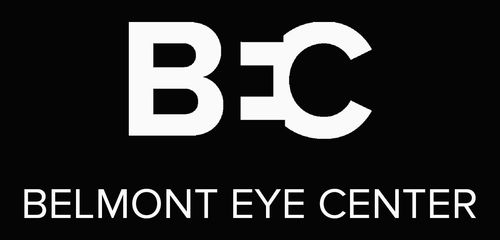As a leading New York City laser eye surgeon, Dr. Sandra Belmont meets with a wide variety of patients that desire the clear, sharp vision that laser eye surgery can provide. Before recommending a patient for laser eye surgery, she performs a detailed evaluation of the patient’s refractive error and discusses the patient’s ocular and general health. Sometimes Dr. Belmont sees patients that have a co-occurring eye disease known as keratoconus. Although every patient is unique, she generally does not recommend patients with keratoconus undergo LASIK.
WHAT IS KERATOCONUS?
Keratoconus is a degenerative disease that causes the cornea to thin and bulge into a distorted shape. A normal cornea is spherical, but a cornea that develops keratoconus is cone-shaped. This prevents light entering the eye from properly focusing on the retina. Keratoconus causes impaired, blurry or distorted vision as well as other symptoms like sensitivity to light.
LASIK IS NOT RECOMMENDED FOR INDIVIDUALS WITH KERATOCONUS
Keratoconus is a contraindication to laser eye surgery, including LASIK and “no-cut” LASIK. No-cut LASIK involves removing the outermost cells of the cornea before reshaping the underlying tissue to correct for the eye’s refractive error. It is not recommended that corneas that are already weak or “unstable” undergo further modifications that could increase the instability. Doing so could cause a patient to require glasses after surgery, perhaps even glasses with a higher prescription than previously needed. Not to mention, the steps of the LASIK or no-cut LASIK procedure are not intended to correct the visual effects of keratoconus; they are designed for the correction of nearsightedness, farsightedness and astigmatism.
A BETTER SOLUTION FOR KERATOCONUS
Although there is no cure for keratoconus, Dr. Belmont believes states that a procedure called corneal crosslinking may delay the progression of the disease and prevent vision loss. Corneal crosslinking involves strengthening the cornea with the use of riboflavin (B2) drops to stop it from bulging and distorting. Activating the riboflavin drops with a special ultraviolet light is thought to increase the number of collagen crosslinks in the cornea, thereby improving the strength and stability of the cornea.
Depending on the outcome of corneal crosslinking, it might be possible to re-explore the possibility of having LASIK or no-cut No-Cut LASIK down the line.
CONTACT BELMONT EYE CENTER
If you have been diagnosed with keratoconus and would like to discuss corneal crosslinking in more detail with Dr. Belmont, please schedule an appointment at Belmont Eye Center today.
